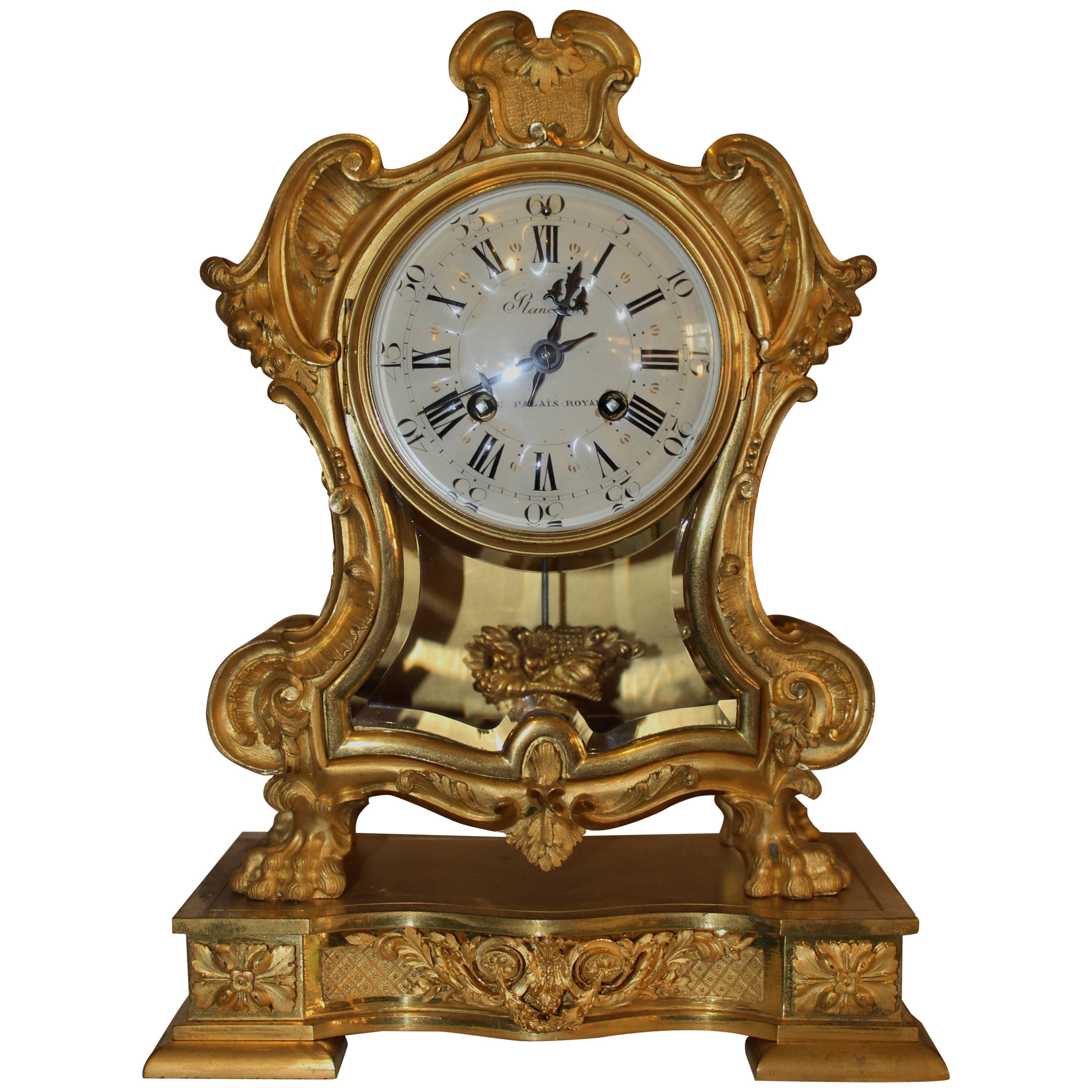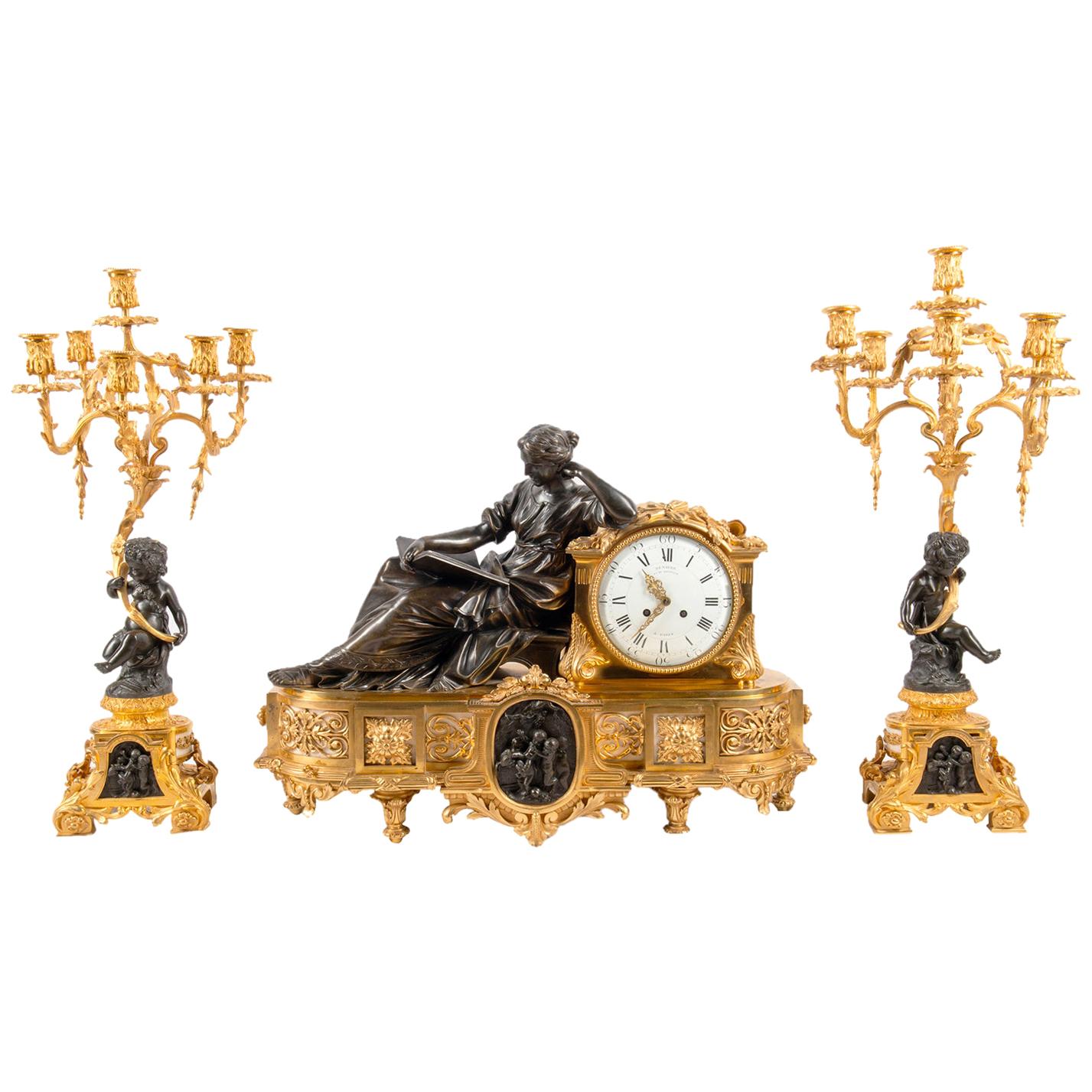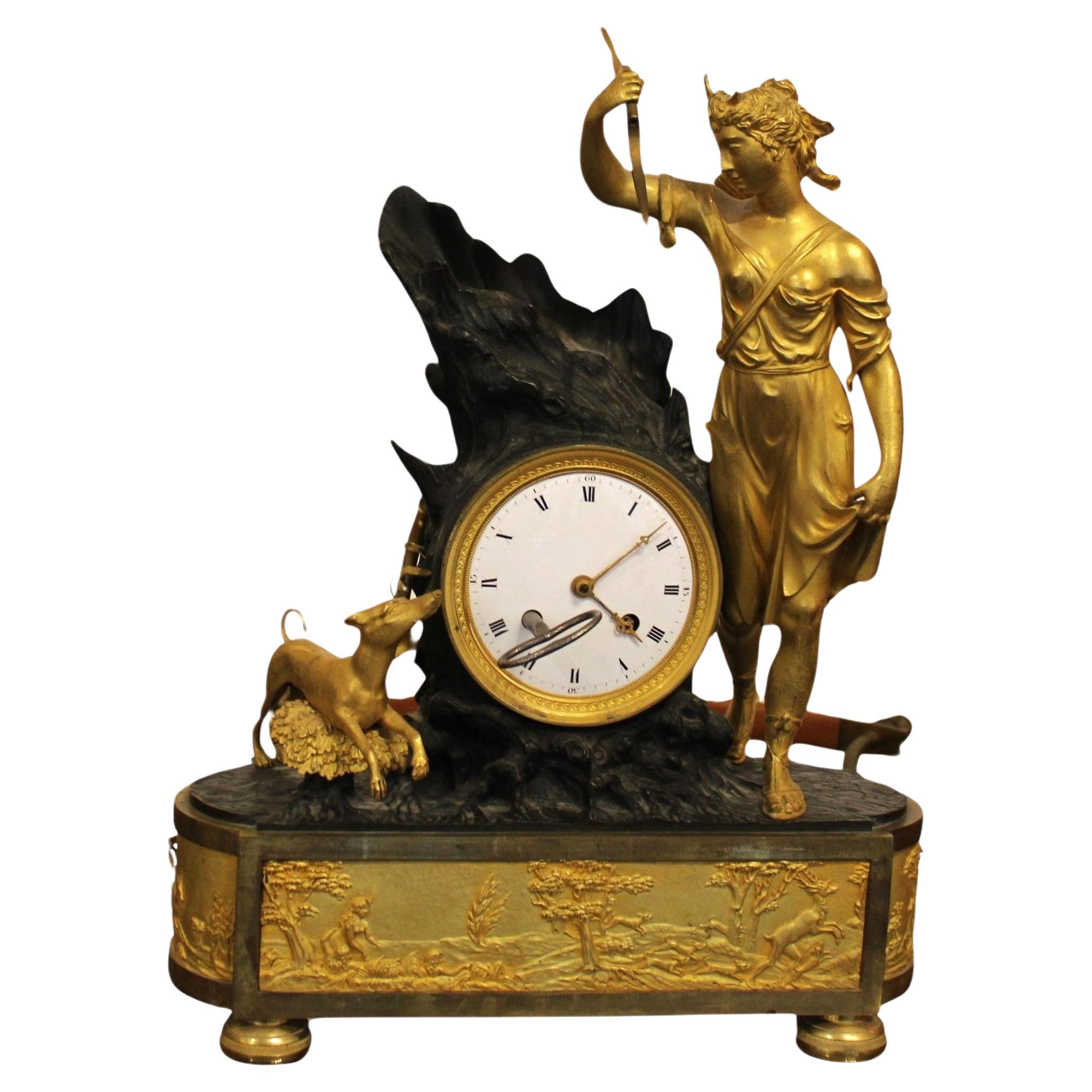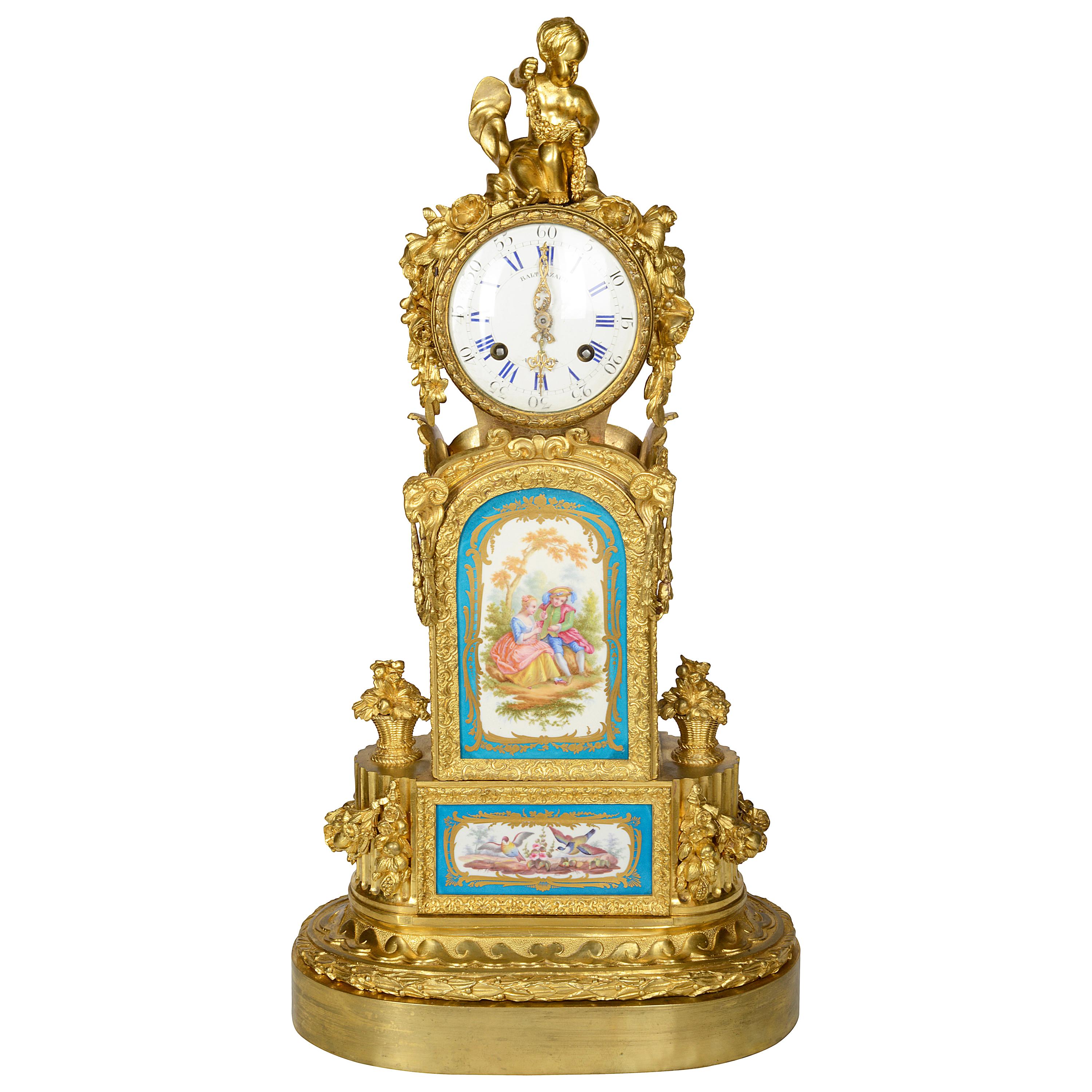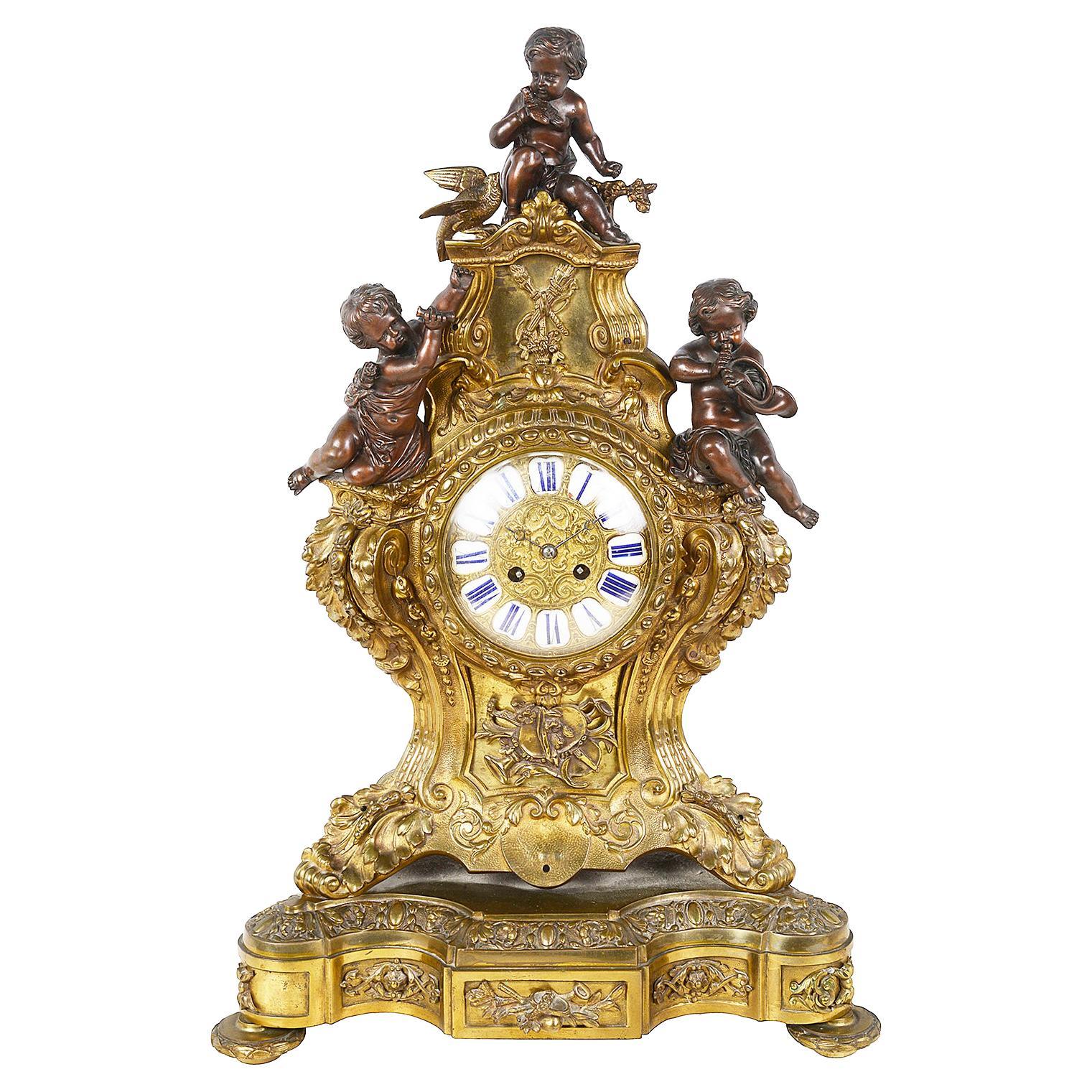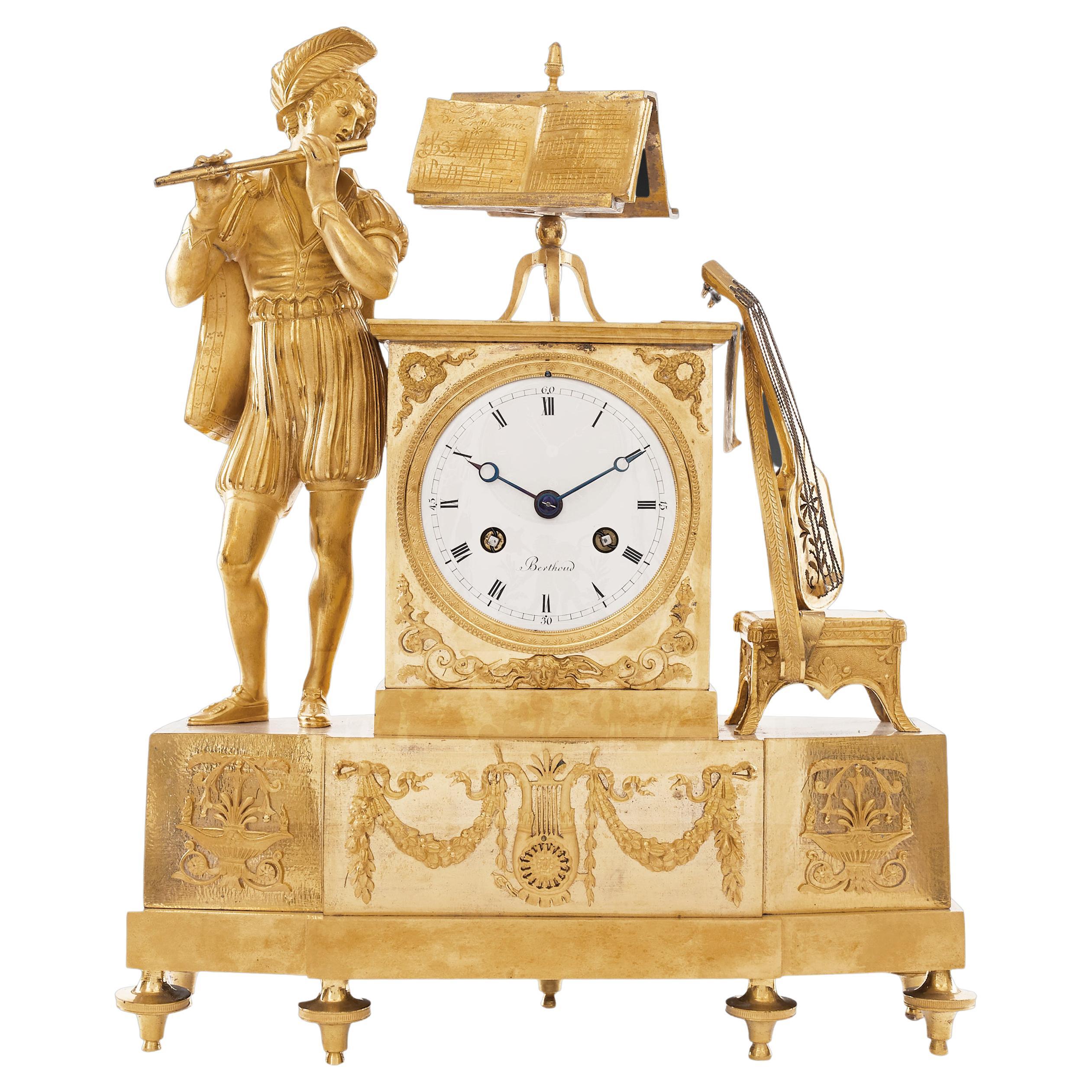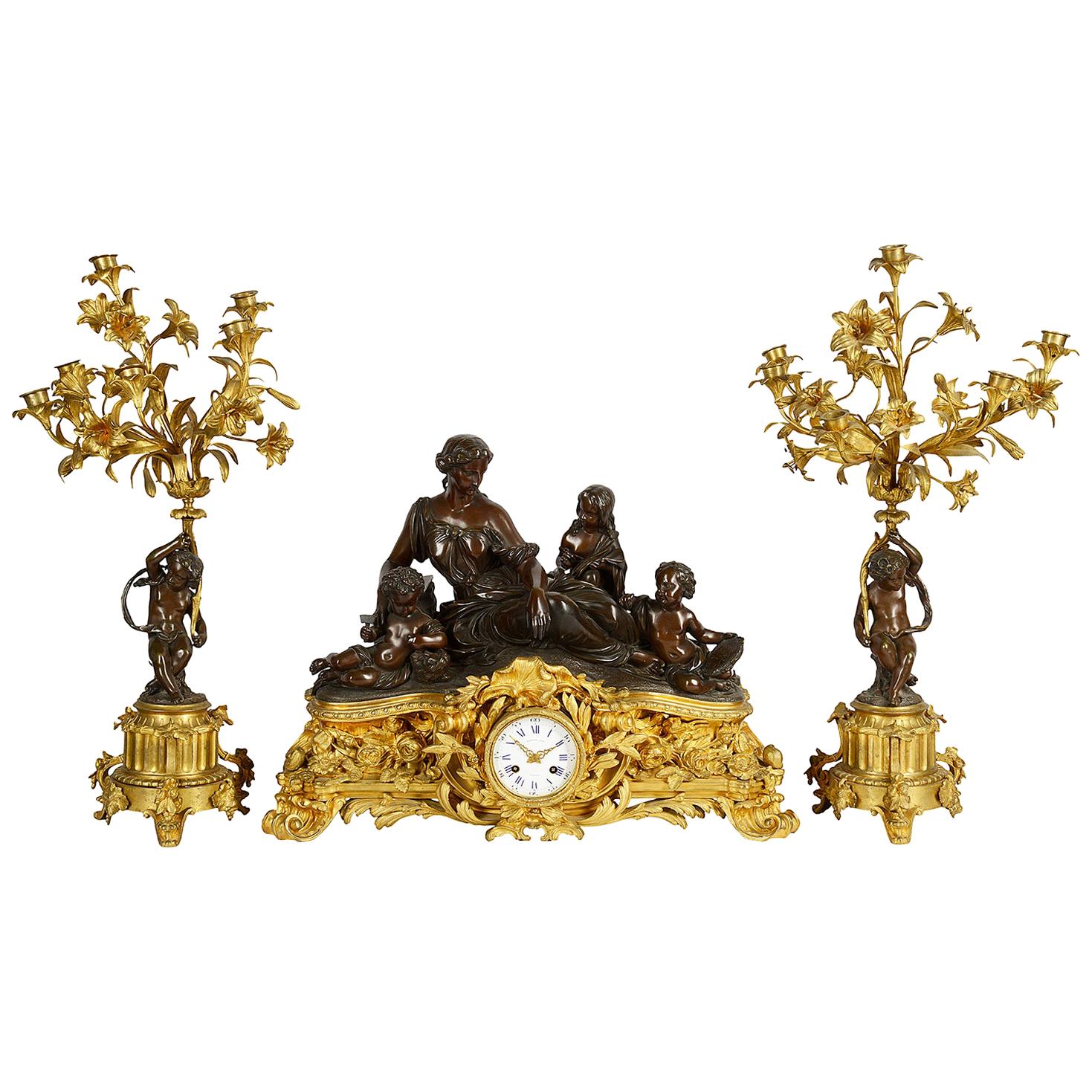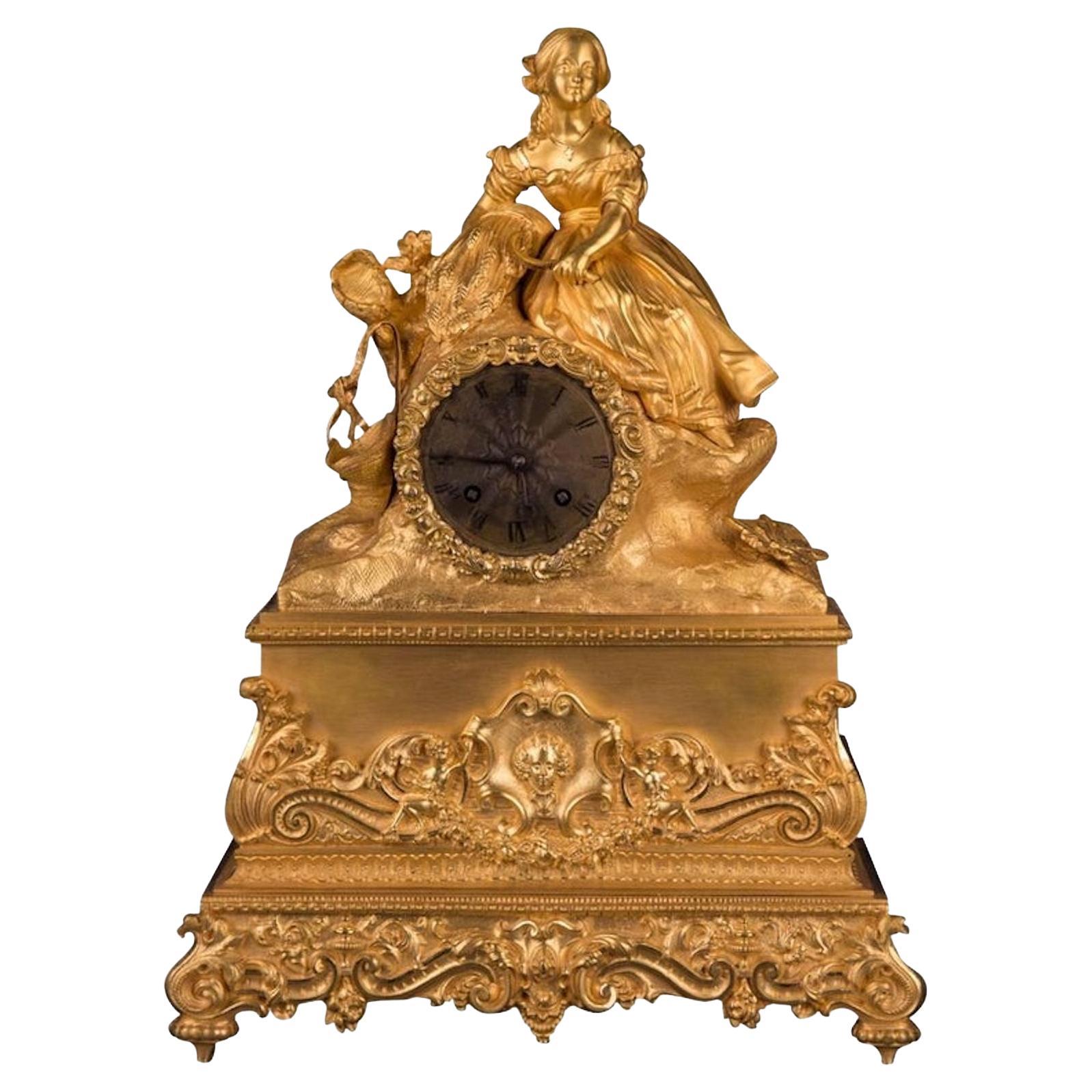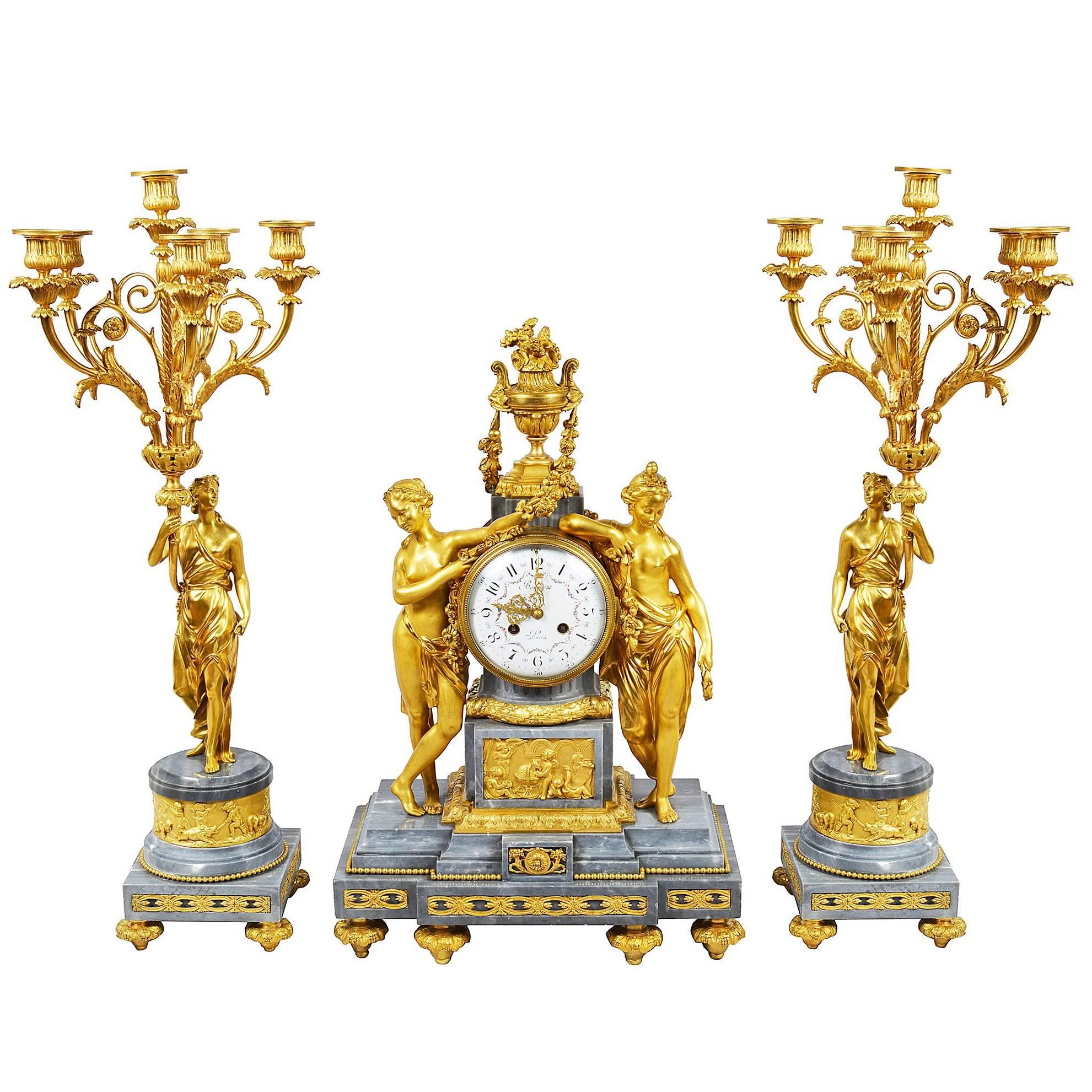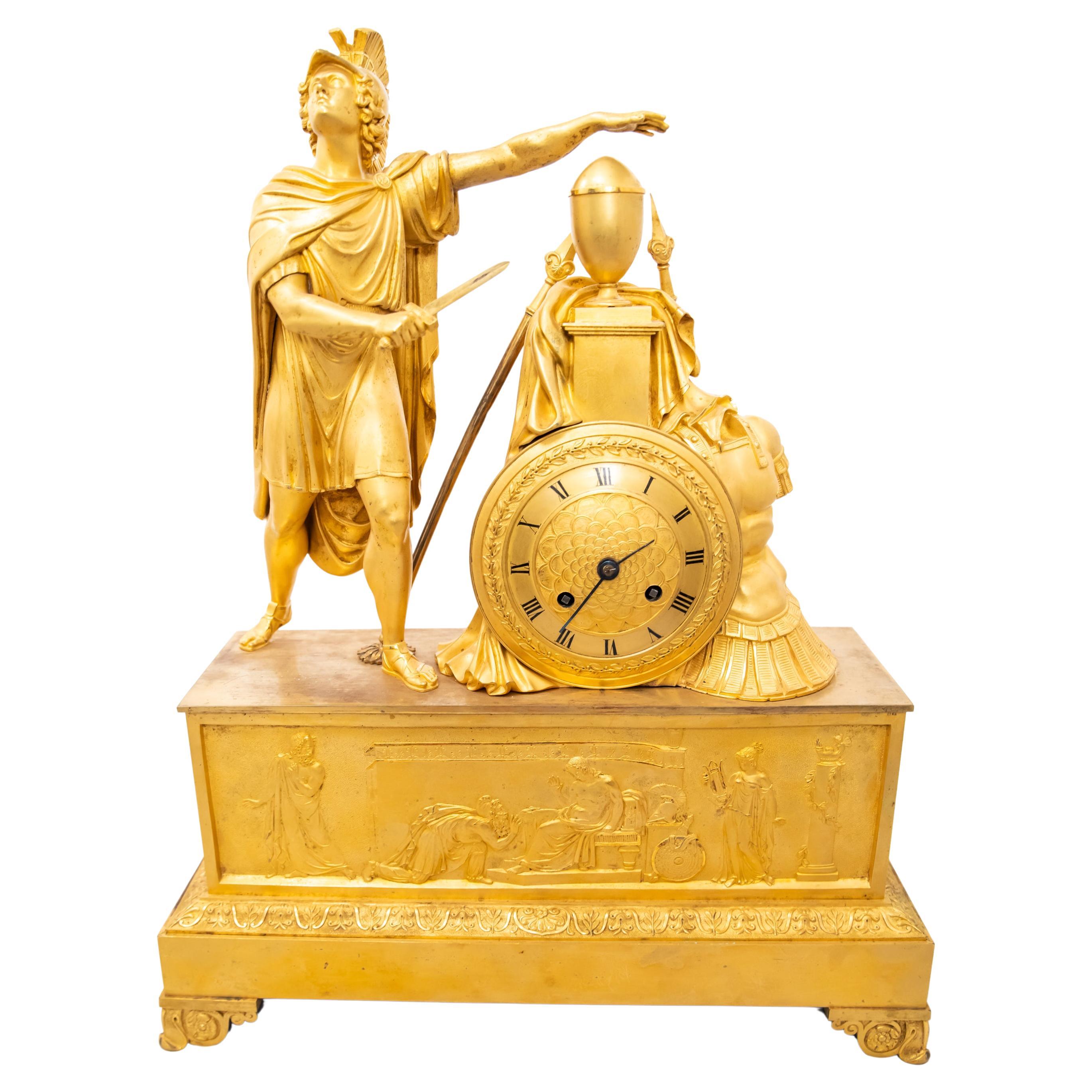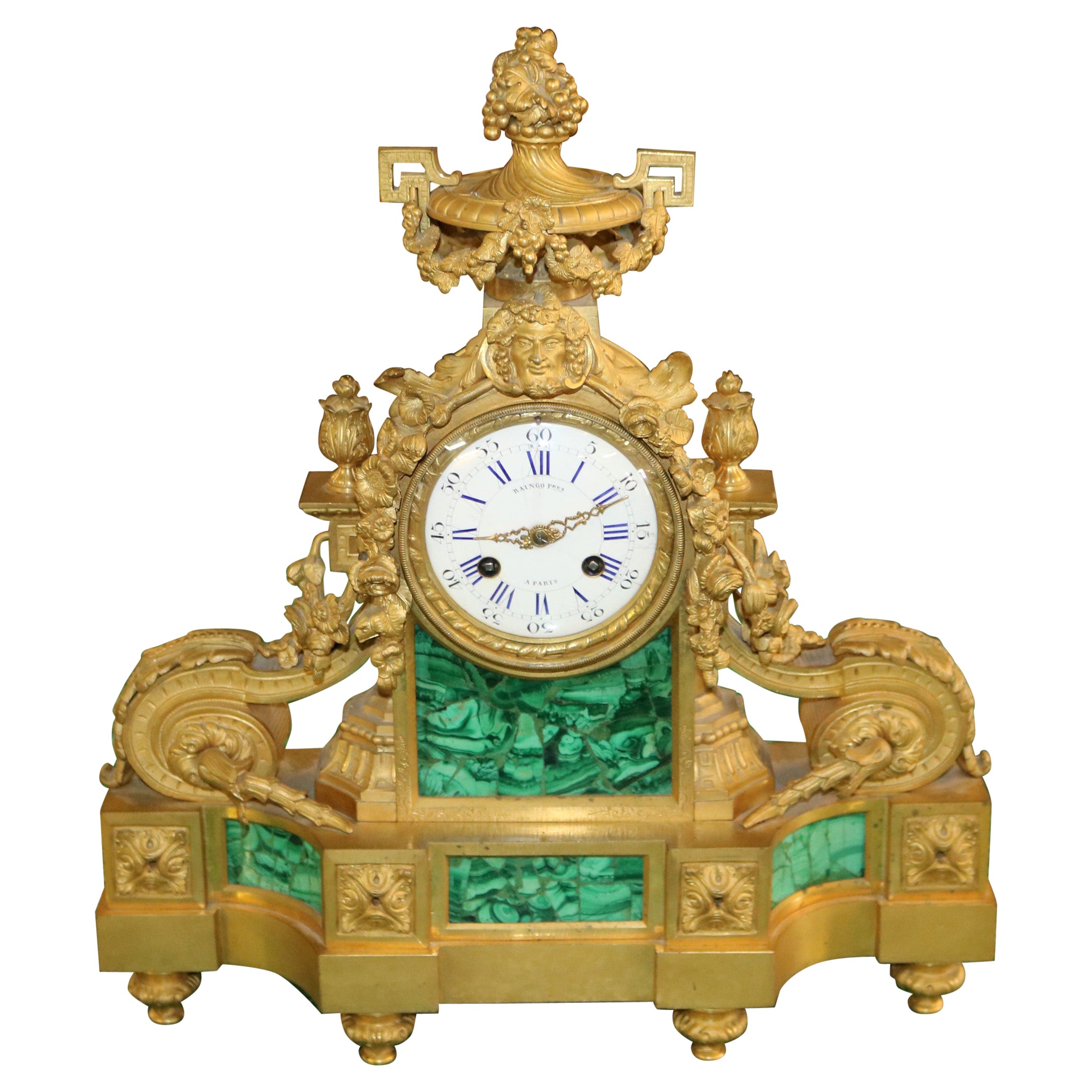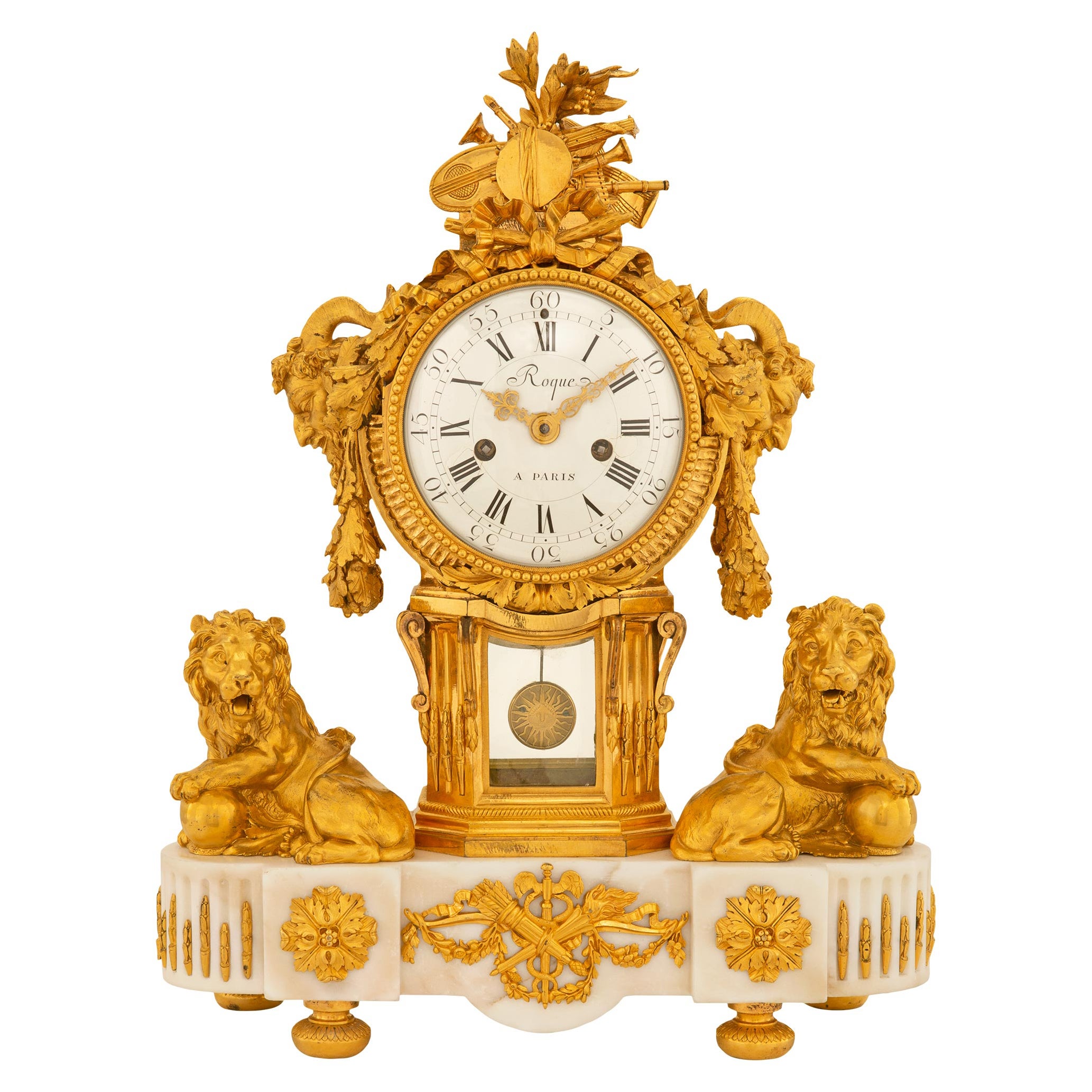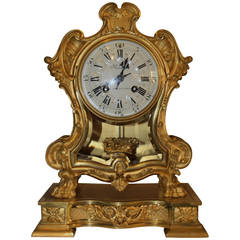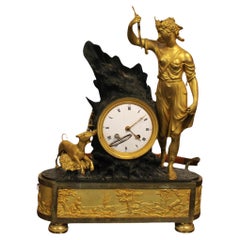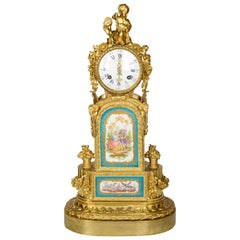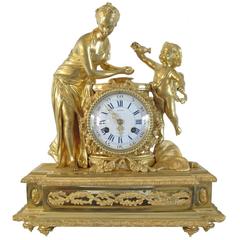
Attractive Mid-19th Century Fire Gilded Clock by Moser a Paris
View Similar Items
1 of 8
Attractive Mid-19th Century Fire Gilded Clock by Moser a Paris
About the Item
Authenticity Guarantee
In the unlikely event there’s an issue with an item’s authenticity, contact us within 1 year for a full refund. DetailsMoney-Back Guarantee
If your item is not as described, is damaged in transit, or does not arrive, contact us within 7 days for a full refund. Details24-Hour Cancellation
You have a 24-hour grace period in which to reconsider your purchase, with no questions asked.Vetted Professional Sellers
Our world-class sellers must adhere to strict standards for service and quality, maintaining the integrity of our listings.Price-Match Guarantee
If you find that a seller listed the same item for a lower price elsewhere, we’ll match it.Trusted Global Delivery
Our best-in-class carrier network provides specialized shipping options worldwide, including custom delivery.You May Also Like
19th Century French Empire Style Fire Gilded Bronze Mantle Clock
Located in Hamilton, Ontario
19th century French Empire style fire gilded bronze mantel clock.
French fire gilded bronze mantel clock with separate bronze base and po...
Category
Antique 19th Century French Empire Mantel Clocks
Large 19th Century Gilded Ormolu and Bronze Clock Set, by Deniere, Paris
By Maison Deniere
Located in Brighton, Sussex
A large and impressive 19th century gilded ormolu and bronze Louis XVI style clock garniture, having a reclined classical lady reading, next to a white enamel clock face with an eigh...
Category
Antique 19th Century French Louis XIV Mantel Clocks
Materials
Marble, Bronze, Ormolu
Gilded bronze clock, early 19th century
Located in Paris, FR
Gilded bronze clock representing Diana the Huntress
France, early 19th century
Category
Antique Early 19th Century French Table Clocks and Desk Clocks
Materials
Bronze
19th Century Sevres Style Gilded Ormolu Mantel Clock
Located in Brighton, Sussex
A wonderful French 19th century gilded ormolu mantel clock, having a putti mounted to the top holding garlands of flowers, draping down the case, Rams heads and urns of flowers. The ...
Category
Antique Late 19th Century French Louis XVI Mantel Clocks
Materials
Ormolu
19th Century Gilded Ormolu and Bronze Mantel Clock
Located in Brighton, Sussex
An impressive late 19th century French gilded ormolu and patinated bronze mantel clock. Having three putti mounted to the top each playing musical instruments. The clock having an ei...
Category
Antique Late 19th Century French Louis XVI Mantel Clocks
Materials
Bronze, Ormolu
Mantel Clock 19th Century Styl Empire by Ferdinand Berthoud À Paris
Located in Warsaw, PL
Ormolu bronze mantel clock flanked by a troubadour and musical instruments, signed 'Ferdinand Berthoud a Paris'.
The end of the 18th and beginning of the 19th century was a crucial time in which new technological advances helped to make watches more accurate and more portable. During the 1790s, the production of gilded bronze increased considerably as working conditions improved. The freedom of trade initiated by the French Revolution allowed many casters to develop large factories. The new factory environment gave them a chance to execute all stages of bronze work including drawing, casting, gilding, assembly, and trade of art objects. While the bronzers took creative liberty in creating all kinds of clocks in contrast to the noble and rigorous structure carried by the movement of neoclassicism. Under the reign of Empire, the case designs started gradually to develop away from a proportionate and strict classicism towards a baroque style and revival style. The rediscovery of medieval civilization was one of the intellectual curiosities of the beginning of the 19th century, with much input from the Ancien Régime and its institutions, rites and the medieval churches in which family ceremonies occurred.
This early nineteenth-century figural mantel clock is surmounted by a medieval musician. To be more precise, it is a french troubadour. Troubadours were known for composing and performing lyric poetry for the nobility back during medieval times. The clock is featuring a chiselled bronze troubadour, dressed in medieval fashion while holding a flute, playing a tune from sheet music called "Du Troubadour" that is resting on top of the rectangular clock case. In addition to that, the clock features a gilt bronze lute or vielle resting on a small stool on the opposite side of the clock’s case. The white enamel dial features the inscription Berthoud and is underlined by a bronze entourage chiselled with palmette motif, plus encompassed by c-scrolls and wreaths. The original hands are in blued steel and encircled by Roman numerals indicating hour next to Arabic numerals indicating minutes.
The small details that adorn the hexagonal plinth are reliefs, depicting two water fountains or basins on both sides with a lyre in between. The sculpted image of a lyre raised above the background features also foliage garlands tied on top with ribbons. The clock rests on seven spinning feet.
The clock was made in the well-known workshop of the Berthoud’s family that was recognized for their excellent work by the King.
Berthoud Clockmakers History.
Ferdinand Berthoud was a horologist and author of extensive treatises on timekeeping as well as a Swiss clockmaker serving the king of France, that produced many marine clocks, including a weight-driven version that inspired the first American sea-going clock. He was born in Plancemont, Switzerland, the son of an architect and judiciary. In 1741 he began a three-year apprenticeship as a clockmaker under his brother, Jean-Henri. He made his first marine chronometer in 1754 (sent for trial in 1761) and in 1764 was appointed a member of the Royal Society, London and Horloger Mécanicien de Sa Majesté et de la Marine ayant l'inspection de la construction des Horloges Marines. In 1769, Ferdinand Berthoud sent for his nephew Pierre-Louis Berthoud (1754–1813), commonly known as Louis Berthoud, a talented young watchmaker and clockmaker, inviting him to come to Paris from Couvet, Switzerland, to pursue his apprenticeship. Louis helped Ferdinand manufacture and repair the sea clocks...
Category
Antique Late 18th Century French Louis XVI Mantel Clocks
Materials
Bronze
Recently Viewed
View AllMore Ways To Browse
Large Gong
Brass Cupid
Bronze Plaque Putti
Sevres Garniture
Clock Shelf Antique
Sevres Porcelain Garniture
19th Century Tiffany Bronze
Alberts Antique Clocks
Art Nouveau Bronze Clock
Bronze Statue Clock
Carved Swiss Clock
French Bracket Clock
Second Empire Clock
Wooden Mantles
Antique Horse Clock Clocks
Antique Star Clock
Enamel Putto
Japanese Antique Clocks
